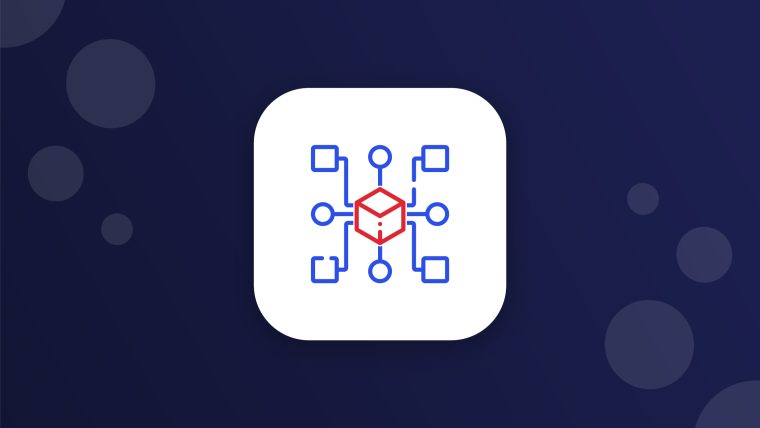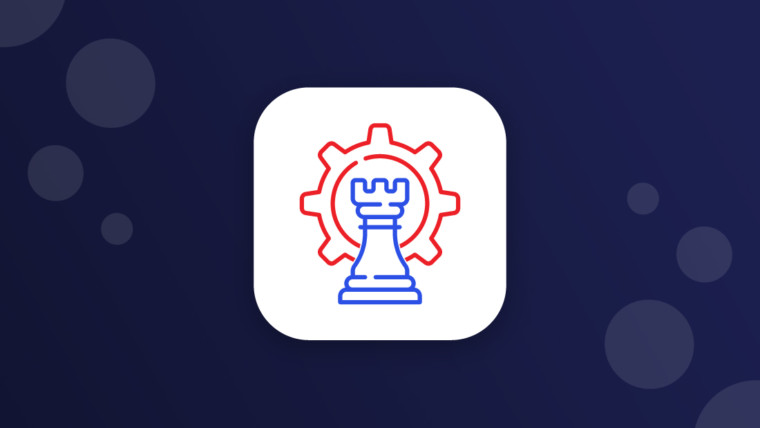Written By Jennifer Walkup Published Date March 08′ 2018
Business transformation occurs when a company makes a change in administrative procedures with the intention to organize people and enhance their performance. It can also aim to adjust an organization’s processes and technologies to meet its business methodology and vision, helping and enhancing new business systems. Innovation is the key element in business and business process transformation.
Many organizations struggle to increase success rates with change programs as they attempt to transform overall business success while improving general performance.
What is Business Transformation?
Business Transformation started as a concept used by IT organizations to re-mark their consultancy forms to offer coordinated data frameworks more adequately.
Transformation is a procedure that empowers businesses with each key performance indicator, with the goal of keeping clients and outperforming competitors.
Business Transformation depends on using compelling business sector and stay-in-business procedures to increase and retain productive clients in selected markets, at lower working expenses.
- How would a business know if it’s time for transformation? Questions to ask yourself:Are we reinvesting in the best circumstances our markets develop?
- How much better is our execution than our competitors’?
- Are we strong enough to handle more business from existing clients?
If the answer to any of these is not clear, then it’s time to change before competitors take advantage and market control
Management and Business Transformation
In order to understand the role of management in business transformation, we need to familiarize ourselves with management’s overall role.
The meaning of management is organization and coordination of the activities of a business in order to achieve defined objectives. Management is the way a company achieved hierarchical objectives, often by working with and through individuals and other authoritative assets.
The four basic functions that make up the management process are:
- Planning
- Execution
- Determination of Success
- Personal Attributes
1. Planning
Planning is an extremely important aspect to ensure management success. It includes choosing objectives to meet your goals and hierarchical objectives, as well as planning how and when assignments should be performed.
When planning a high-quality business transformation strategy, there are some basic factors you must get right.
Justification and motivation
Before beginning your business transformation, ask yourself about your motivations. Is there a clear justification to why this transformation needs to be made, and is that explanation motivating enough to undertake such a transformation?
Is the scale of the project extensive enough that a full transformation should be considered?
Other items to consider is an analysis of expenses including that of consultants, conceivably new innovation, and the staff such a transformation will draw from their everyday roles. It’s important to note, that some present exercises may be reduced or filled-back with contractors.
On the off chance that the business drivers, business case, and the Board and C-suite commitments are not entirely clear, you should bring up issues for consideration at this stage to find the best solution.
Projectile
Companies should attempt to set their own specific target regarding the general risk of the project. Right or wrong, it’s an appropriate notion to expect reputation will be reflective of the program’s results.
People and Skill
Depending upon the sort of transformation your company plans to undertake, you may sensibly hope to find individuals who can manage projects, analyze, outlines, test business forms, research markets and clients, attempt practical examinations and organizational updates, serve as technology architects, work together and with financial demonstrating, plan and execute communication designs, embrace change and transformation management, and most significantly, lead and inspire teams.
Leadership
Committed leadership from the highest point in the company is a nonnegotiable facet of any transformation. While you have no capacity to impact it, it’s important to know whether the most senior individual is committed to the transformation, such as an execution reward tied to the result.
Communication
Communication design can help connect with both the project team and staff of the entire organization. Genuine business transformation administrations influence many individuals who have no impact on the transformation result. You should expect there will be naysayers, and even some who will undermine the project. While correspondence alone can’t stop that, it will help counter it by keeping many individuals aware and on-board.
2. Execution
There are about the same number of methodologies and systems for change as there are consulting firms. This article doesn’t advocate one over the other, as it is not apropos to the particulars of business transformation.
The segments below are typical stages, albeit not comprehensive, in a noteworthy transformation program, including tips or possible problematic areas in each.
Building up the Benchmark
Because the future state might be very different from the pattern, it is vital to consider the continuous pertinence of the metrics utilized. For example, a retailer might plan to close the most poorly performing 40% of its stores and choose to instead drive business to online shopping and the remaining stores. If the historic metric has been revenue per sales person, it might be enhanced by this plan, but wouldn’t, however, recount the entire story. Always be sure to use metrics that will offer logical counterparts.
Developing the future state
When embarking on research, make a point of looking outside your industry. In the event that you are, as a rule, genuinely client driven, consider your target customers and the best customer experience they will have in their lifetimes. If you are imagining that experience is with a surf retailer, and you are a utility, be sure to get the best in surf retail.
Undertaking Gap Analysis
As a change administrator, it is essential to consider how your association functions, as well as the internal organizational structure. This will likely decide the business transformation framework you ultimately choose. For instance, if your organization has been mostly State-based with imitated back office framework and procedures, yet is moving to an outsourced, single stage, numerous parts of operations including reporting lines and key metrics, you can expect that capacities will change. Try not to be discouraged at the degrees of progress or the difficulty and concerns of some employees.
Implementation Planning and Execution
Resourcing– As a business transformation manager, you cannot, at any point, allow a scheduled team to be pulled off the venture. Once the future state is outlined, individuals will maintain vision to anticipate advantages. Although there might be a propensity to dial down and think the activity is 90% done, the team must stay committed. Regardless of is the degree to which the work is completed, it is important to maintain the level and nature of resourcing.
Sequencing– As a transformation manager, sequencing is the place itemized project and transformation management, GANTT diagrams and such, truly make their mark. Interdependencies and critical paths go to the fore. Ensure your work streams remain completely incorporated and in a state of harmony with the others.
Switch-over– The details of the switch-over must be clear to everyone in the organization. On the off chance that there is process change or a move starting with one innovation stage into another, you must be clear on the particulars. Will it be a solitary huge explosion? Will the systems run parallel for a scheduled period of time? An item by item switch over following pilots and testing? There’s no correct answer, but the process must be decided, communicated and risk-assessed, with reinforcement designs in place.
3. Determination of Success
There are many unnerving studies that claim up to 75% of major corporate activities come up short. This is a reasonable concern. However, what that measurement doesn’t tell you is the quantity of organizations that chose not to transform and paid a considerably higher cost with their stagnation.
There are three primary attributes of transformation to succeed:
- Collaboratively building a clear structure
- Accentuating the positive
- Looking ahead
While the latter two characteristics are clear, the first is multi-faceted. It covers both arranging and execution stages and incorporates every applicable partner in the undertaking group and extensive association, from the Board and C-suite to the most junior individual.
This concept combines great planning and accountability with a committed leadership group with program objectives are 100% adjusted to the most essential business goals. A typical approach is for the most accessible staff to be appointed to the most difficult tasks.
4. Key Attributes Of Great Transformation Management
Clearly, taking on the role of transformation manager in a noteworthy change program is no simple task. It isn’t for everybody, and there will more than likely be days when you’re preferences are overlooked, or somebody disagrees with you, or you simply feel overwhelmed and on the verge of quitting.
Before you commit yourself, consider the traits that are vital in a transformation management role.
Confidence – It is fundamental to show you’re in control of what you’re doing and believe in the result you’re working toward. Although you may need to fake it at times, you must be able to exude confidence in the job you are undertaking the future state you are aiming to reach.
Organized– This is a non-negotiable quality. If you are not normally disciplined and organized, you must embrace and practice organization until it comes naturally.
Lateral thinking– While you won’t require this consistently, it is a basic aptitude quality. Bringing perceptions you’ve seen from various projects can be helpful in this regard. As a client, consider your best ever encounters and inquire as to why your customer can’t be as great.
Good Communicator– For some, conveying their message comes very easily and clearly, whereas it’s hard and panic-inducing for others. It is vital to work on your communication skills before undertaking this type of position. If you need to, practice in this area before taking on a role such as this.
Integrity– for any consulting career this is a non-negotiable trait. It’s not only about being trustworthy and honest, but also in being willing to speak up if you see someone taking risky shortcuts.
Flexible – for a successful transformation management role, you will need to be flexible, as things. change often, requiring you to be able to adapt as needed.
Emotional Intelligence– This is a core attribute of successful people workerscompensationlawyer-philadelphia.com. It encompasses many attributes of successful business consultants such as being a good listener, having the capacity to read people’s moods, being sympathetic and having empathy, and being ready to understand others’ points of view, either with clients or staff.







